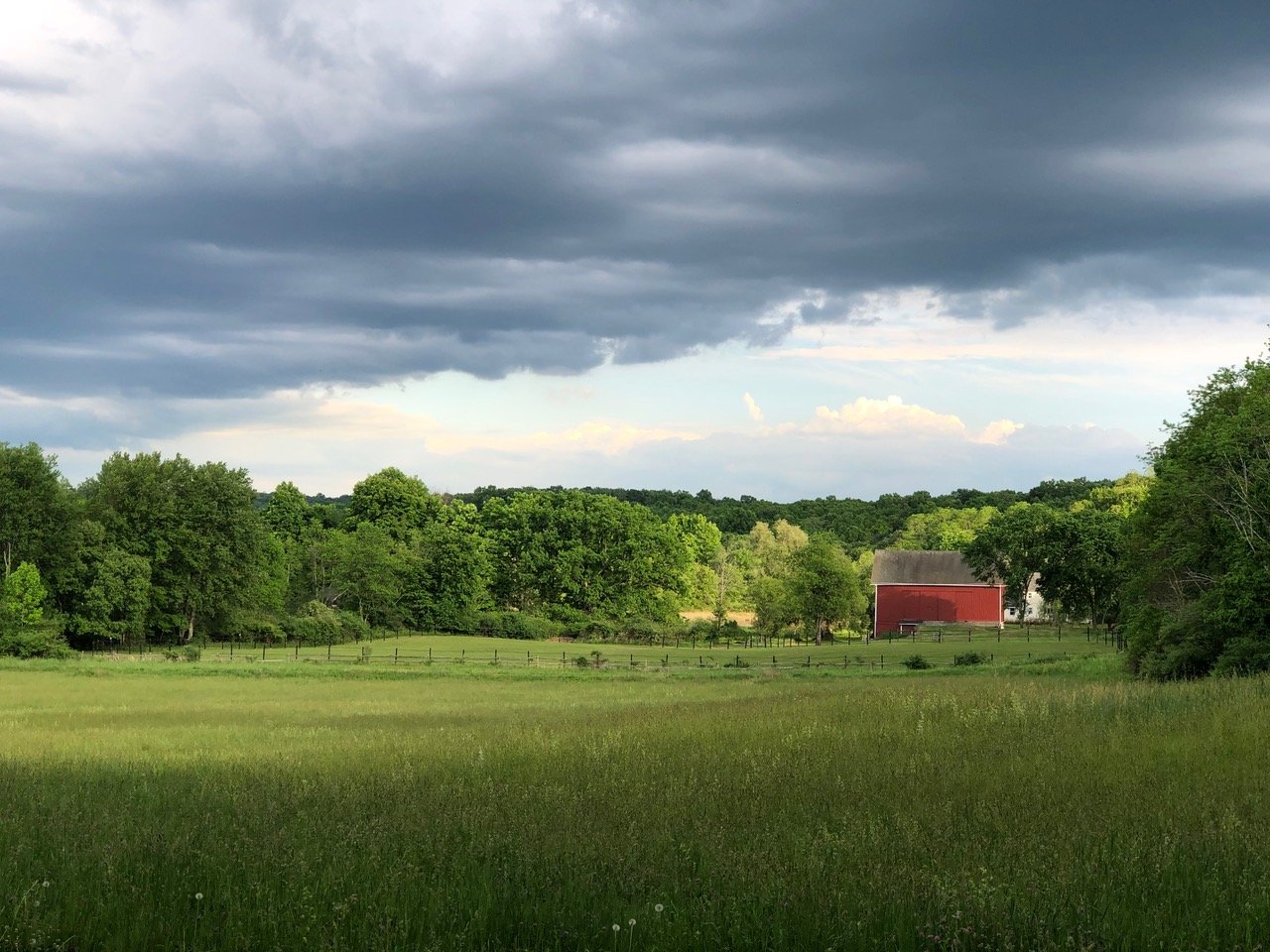Town of Clinton Farmland Protection Plan
Clinton's agricultural landscape has transformed over the years from primarily wheat production to one which mixes history, innovation and diversification. Some farms from the 1800s remain unchanged, raising livestock and Christmas trees, with their original “Dutch” style barns still in use. New barns employ solar power and recycled materials. Dairy farms no longer line the roads every few miles. Cattle are also raised for beef, some farms have reintroduced heritage breeds. Several highly acclaimed horse operations participate in the breeding and training of horses for racing, jumping and dressage. Others support recreational riding and a few have teams of draft horses. Clinton is home to an award winning vineyard which produces wine from local fruits. Several growers produce vegetables, fruit, flowers, plant materials, honey or eggs. Some are targeting the New York City Green Markets. Production techniques combine traditional methods with a renewed focus on sustainability and organic methods. The diversification of the farming industry from wheat to other products also includes livestock production with several farms raising beef, lamb, chicken and hogs or an occasional alpaca and llama.
Farmland Protection Defined
Farmland protection is commonly defined as the permanent preservation of agricultural land to ensure its future use by the next generation. But it is more than that to the residents and farmers in Clinton. Farmland protection is also about the people who work the land. If the agricultural endeavor is economically viable, both the farmer and the farmland will be preserved. Those are the major goals of this plan.
The Planning Process
In 2007, the Town secured $25,000 from the New York State Department of Agriculture and Markets for a farmland protection plan. Additionally, the town secured $10,000 from the New York State Hudson River Valley Greenway for an open space plan. With the availability of funding, the Town appointed an Open Space Committee and Farmland Protection Committee, which began working on the plan in April 2008. The Committee is preparing two documents; this Farmland Protection Plan (FPP) and an Open Space Plan (OSP).
Farmland Protection Plan Maps
Page 23 – Agricultural Resources
Page 25 – Parcels Greater than 20 Acres
Page 25 – Important Farmland Areas
Page 37 – Greenspace Areas
